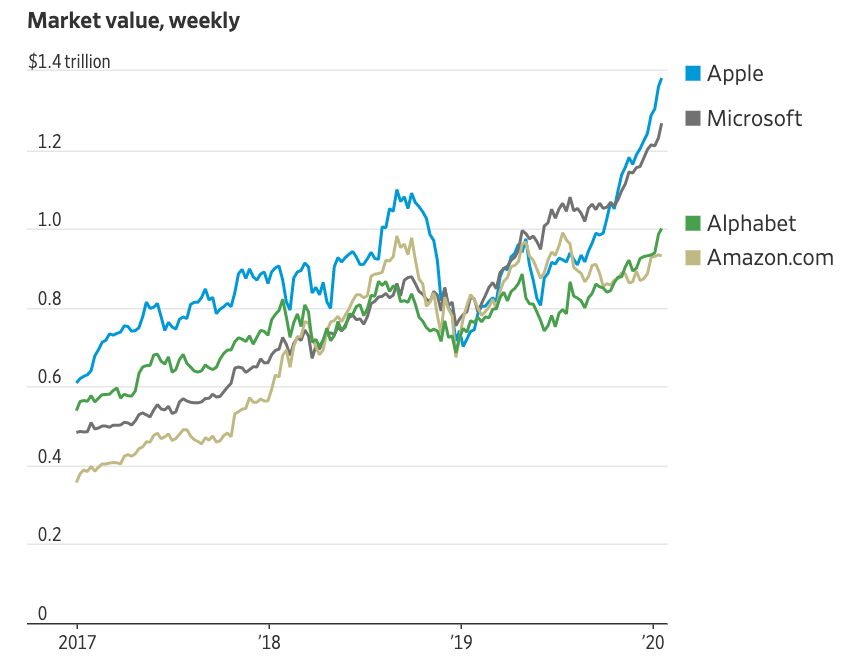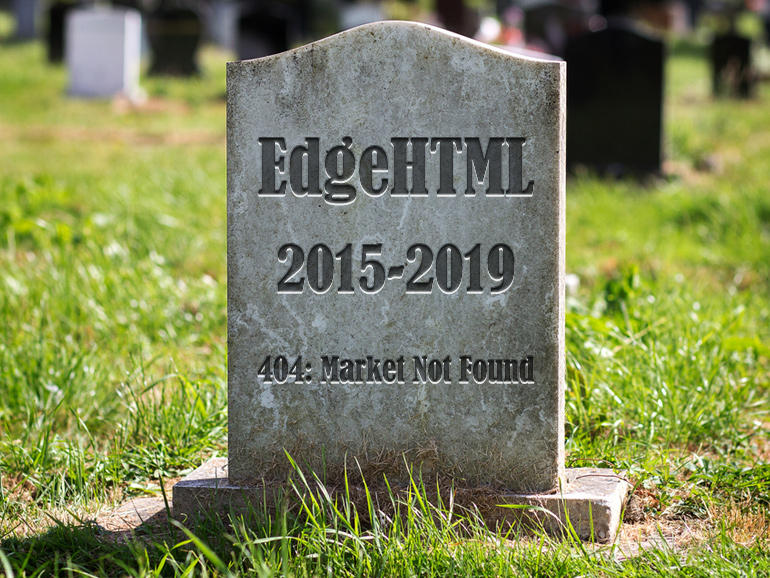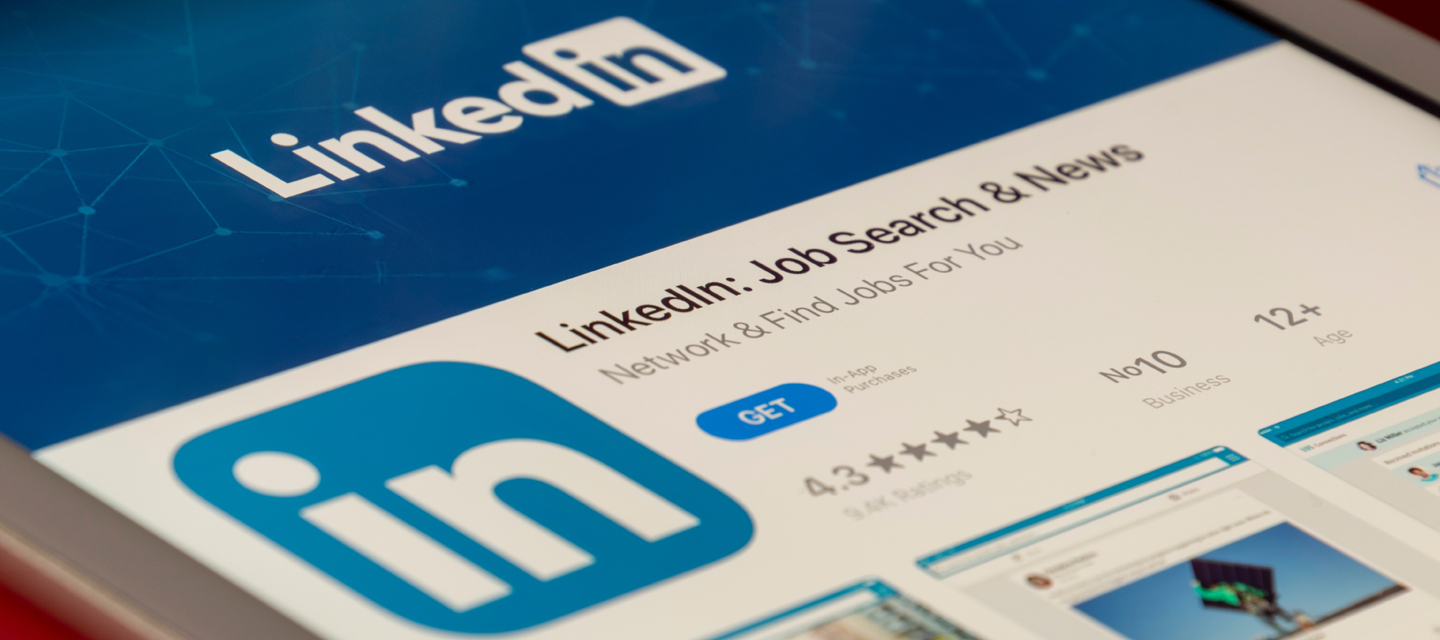Microsoft releases Chromium-powered Edge browser
Microsoft is rebuilding their Edge browser on Chromium, showing they won't be beaten

At the end of 2018, Microsoft announced that it would be rebuilding its Edge browser on the Chromium open source project originally created by Google.
Microsoft has been going from strength to strength over the past couple of years as it modernises and adapts. This decision shows a clear willingness from Microsoft to pick its battles and compete where it can win.
Microsoft is still a market leader
The suite of Microsoft Office programs that used to be updated every couple of years has evolved into a constantly-updating 365 suite, the Surface range of computers have become popular and competitive and the fight to become a cloud server powerhouse has gained momentum against the industry giant AWS. Joining Apple and Amazon, Microsoft also beat Google’s parent company Alphabet—who reached the mark earlier this week—to become the third trillion-dollar market cap company.

A huge part of this most recent success has involved Microsoft picking the fights it can win and not pouring resources into competing markets that it lost long ago. Microsoft’s outlook has come a long way with regards to open source projects, with a previously unthinkable subsystem even being releasing for Linux. Microsoft may have won the first browser war with Internet Explorer in the late 90’s against Netscape Navigator, but there are a lot more players in the second war—which has arguably already been won by Google.
Instead of raging an endless and losing fight by pitting Internet Explorer against the modern powerhouses Chrome, Firefox and Safari, Microsoft has made concessions and rebuilt Edge from the ground up using Chromium.
What is Chromium?
Chromium is the underlying rendering engine that powers Google Chrome (which is licensed as proprietary freeware), being responsible for the user interface, rendering and JavaScript engines. For previous versions of Edge, EdgeHTML was the rendering engine and for Internet Explorer it was Trident. Microsoft’s Edge will, like Chrome, extend Chromium and add additional features and a branded look.
Unlike Chromium, Google Chrome is closed source, meaning that the browser’s code is private and controlled by Google, instead of being updated and controlled by the community like Chromium. In the same way, the new Edge browser is a closed-source project, controlled by Microsoft but based on the open-source Chromium engine, which means that Microsoft will be getting more involved in the Chromium community going forward. This has already started with Microsoft submitting changes for review to the project. These changes aim to help make Chromium less RAM and battery power by checking to see if a device is running on battery power, and making adjustments accordingly. Changes like these mark the start of Microsoft getting more involved in the open-source project.
Microsoft’s constantly-pivoting web strategy
One huge impact of this switch by Microsoft is that for the first time in thirteen years, a Microsoft web browser is now available on the Mac operating system. This has huge implications in getting Microsoft back into the browser fight, even if it means acknowledging certain defeats (EdgeHTML) in the process. This is a big decision for Microsoft, who for years has operated in a very isolated, private way, not unlike how Apple operates now. Apple still has strict rendering engine requirements and guidelines for its devices, further complicating the situation and making it difficult for developers who end up needing to create and maintain iOS versions of their browser.

Microsoft’s decision to switch came down to two things that the team identified once Nadella took over; adoption and compatibility. Adoption was slow and small, even with the size and usage of Windows 10, and compatibility (through not being on Chromium) meant that simple tasks, integrations and feature build-outs were more difficult than necessary. Microsoft created two prototype browsers to test out possible solutions, one running on Google’s Blink engine, codenamed “Blade”, and the other on Chromium, codenamed “Septagon”. The choice to eventually use Chromium was so huge that the team even spoke to Bill Gates about the decision before going ahead with it.
Unlike Microsoft, companies like Apple exist—and thrive—through this mindset of setting their own standards and sticking to their guns. This works like it worked for Microsoft a decade ago, but the day may yet come where Apple has to mature as a technology company and embrace a wider and changing world like Microsoft has had to do.
Under the bonnet of browser engines
The split in browsers can be better understood by looking one level deeper, at the underlying browser engines on which technologies like Chromium are based. There are a number of platforms that are used in all of the most popular web browsers, with the major tech companies often being the ones overseeing development.

Chromium runs on the Blink browser engine and uses the V8 JavaScript engine. The Blink engine, which is controlled by Google, is forked from WebKit—controlled by Apple. Several others exist like Microsoft’s old Trident and failed EdgeHTML, as well as Gecko and Servo, operated by Mozilla. All Chrome variants now use Blink, except for the iOS version which is forced to use WKWebView—which is a part of Webkit—in order to adhere to Apple’s iOS compliance rules.
The future for Edge
It may take some time for people to understand and adopt the new version of Edge, especially with this being Microsoft’s third significant web platform reboot within a decade. Adoption will be made simpler as Edge will operate like Google Chrome as an evergreen browser, with regular updates and no need to reinstall a new version of the browser as used to be the case for Internet Explorer versions.
While Google’s forking of Webkit did prevent a complete monopolisation of a single rendering engine, Microsoft’s adoption of Chromium has raised questions regarding a lack of healthy competition and continued dominance by Google. It remains to be seen how much impact Microsoft can have on Chromium, if having an impact even remains a priority for them any more. With Google and Microsoft each now having a vested interest in the development of Chromium, other smaller browser engines may face difficulty gaining traction as a result of Chromium’s almost absolute dominance.
Alternative browser options
There are a lot of browser options available now, all focusing on different areas and different users. As Google focuses Chrome on speed, integration and feature development, Firefox is looking to pick up worried or disenfranchised Chrome or Edge users by focussing on user privacy.
Opera remains competitive with its built-in VPN and compression services, whereas Brave blocks all ads and third-party tracking by default and looks to create a rewards system that awards publishers the revenue they are missing from their blocked advertisements. Vivaldi focuses massively on user customisation while Safari remains the Mac and iOS staple.
More insights from the team

